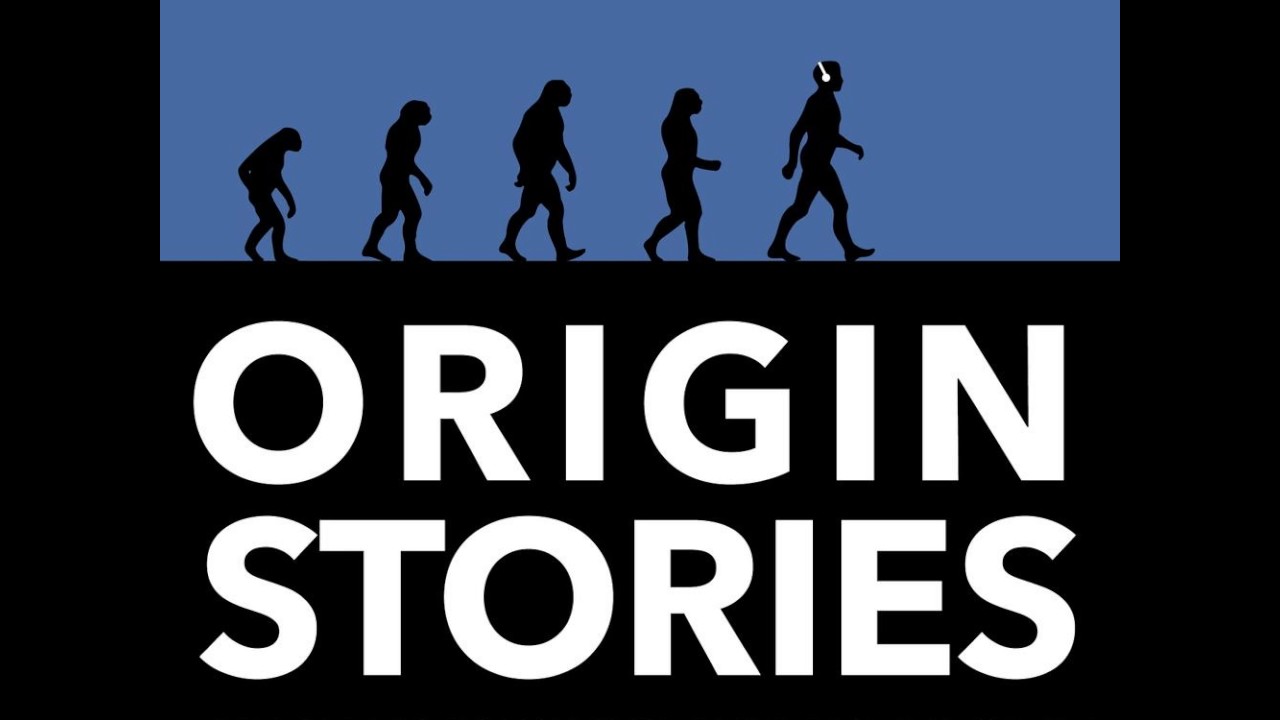Episode 06: Being A Nice Animal
Unleash Your Creative Genius with MuseMind: Your AI-Powered Content Creation Copilot. Try now! 🚀
In the captivating realm of animal behavior, where anthropomorphic anecdotes are plentiful, Robert Seyfarth and Dorothy Cheney delve into the world of baboons, sharing their insights that reveal fascinating parallels with our own human experiences. These two researchers, who work at the University of Pennsylvania, have spent decades unraveling the enigmatic threads of baboon society. What they have discovered offers a mesmerizing glimpse into the evolution of the human mind.
Baboons: More Than Just 'Bad Neighbors'
As Seyfarth and Cheney explain, baboons, like humans, are obsessed with the intricate dynamics of their social groups. The baboons seem to understand and recognize the dominance hierarchy within their community. Female baboons, in particular, have well-defined relationships and hierarchies, and these structures remain stable over generations. Baboons, it turns out, are not so different from us in their fascination with the affairs and social rankings of others.
The Baboon Playback Experiments
To gain insights into the baboons' understanding of their own social structure, Seyfarth and Cheney conducted a series of playback experiments. These experiments involved creating audio sequences mimicking social interactions between baboons, such as screams and threat grunts. When baboons were exposed to unexpected sound combinations, they displayed signs of surprise, indicating their grasp of the social hierarchy. These experiments show that baboons have a deep understanding of the dominance hierarchy that exists within their groups.
Baboons: Not Just Concerned About Their Own Kind
What truly piqued Seyfarth and Cheney's interest was the baboons' apparent awareness of other species' interactions. They recount the story of a baboon named Allah, who herded goats for a farmer in Namibia. Allah displayed a remarkable ability to pair goat kids with their appropriate goat mothers, even when separated. This level of attentiveness to relationships across species is a behavior not typically seen in non-primates, and it raises compelling questions about the evolutionary origins of this trait.
Baboon Friendships: The Key to Survival
The researchers' work highlights the significance of social bonds among baboons. In their world, the formation of friendships and alliances can be a matter of life and death. Stress is a constant companion in the lives of baboons, who face threats from predators, rival males, and other challenges. It is the strength of their social networks that can influence their ability to cope with stress and adversity.
Humans can certainly relate to this aspect of baboon life. The researchers note that in both baboons and humans, the presence of strong social support networks can lead to faster recovery from stressful situations. This finding reinforces the importance of friendships in both baboons and humans and suggests that the evolutionary pressure for social awareness is an ancient aspect of primate life.
Personality in Baboons: Are Some 'Nicer' Than Others?
Intriguingly, Seyfarth and Cheney have also explored the concept of personality in baboons. They observed that baboon females with specific personality traits, such as a propensity for grooming and friendly interactions, were better at forming close social bonds. This idea of "niceness" playing a role in social relationships can offer insights into the evolution of intelligence, including human intelligence. The ability to form and maintain social bonds requires cognitive skills, and this might be the driving force behind the development of complex brains in primates, including humans.
A Glimpse into the Evolution of Our Minds
The research by Seyfarth and Cheney leads us to ponder the evolution of intelligence in primates, including humans. Before humans developed tools, culture, and language, we were already navigating the complexities of social life within our groups. The ability to form close friendships and alliances may have been a critical factor in our evolutionary path, shaping our brains and cognitive abilities.
In conclusion, the baboons studied by Seyfarth and Cheney provide us with a unique window into the world of social primates. Their findings demonstrate that understanding and forming social bonds are key to survival, a concept that resonates deeply with human experiences. The evolutionary pressure for social awareness and the importance of forming close relationships have left an indelible mark on our own species. It's a reminder that in the grand tapestry of life, our fascination with each other's relationships has a profound evolutionary purpose.
Seyfarth and Cheney's work not only sheds light on the complex social lives of baboons but also invites us to reflect on the intricacies of our own human experiences. As we seek to understand the evolution of intelligence and our place in the natural world, we can draw inspiration from the enduring bonds and social connections that have shaped us for millennia. The pursuit of knowledge, whether among baboons or humans, is a testament to the brilliance of our interconnected world.

Related Recaps
- CARLORBO Wooden Toys for 2 Year Old - Pretend Play Food Set for Kids Play Kitchen,9 Cuttable Review
- Wolfoo Lost in the Fat World - Wolfoo Learns Kids Healthy Habits 🤩 @WolfooCanadaKidsCartoon
- 10 Under-The-Radar Free Agent Signings That Could Pay Off BIG TIME In 2023
- 5 PRÓXIMAS PELÍCULAS ANIMADAS que NADIE QUIERE VER
- Markt - die ganze Sendung | 17.04.2023 | Markt | NDR